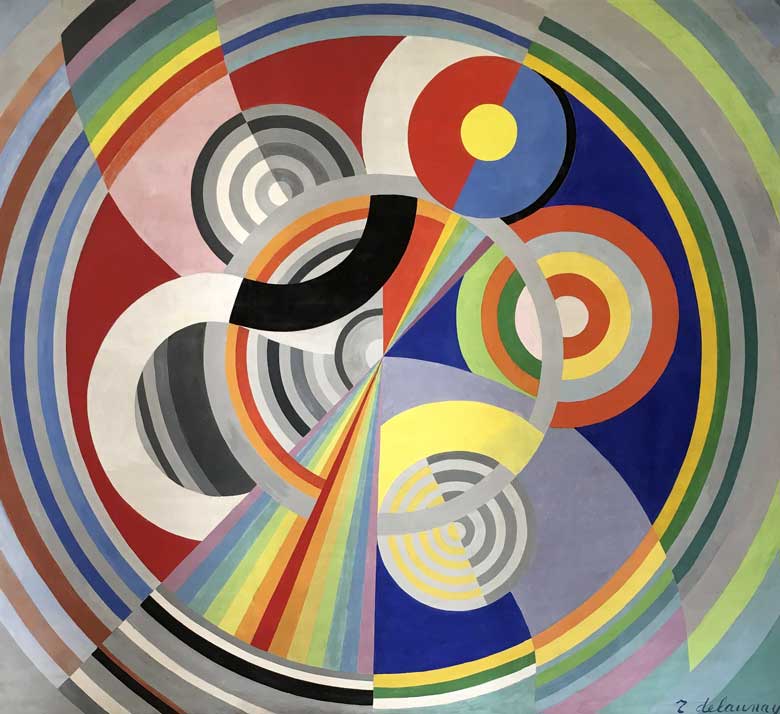Orphism: A Visual Journey through Abstraction
This artistic movement emerged in Paris in 1911, led by Robert Delaunay and his wife Sonia. It was a current of Abstract Art, derived from Cubism. Their passion was light and colour.
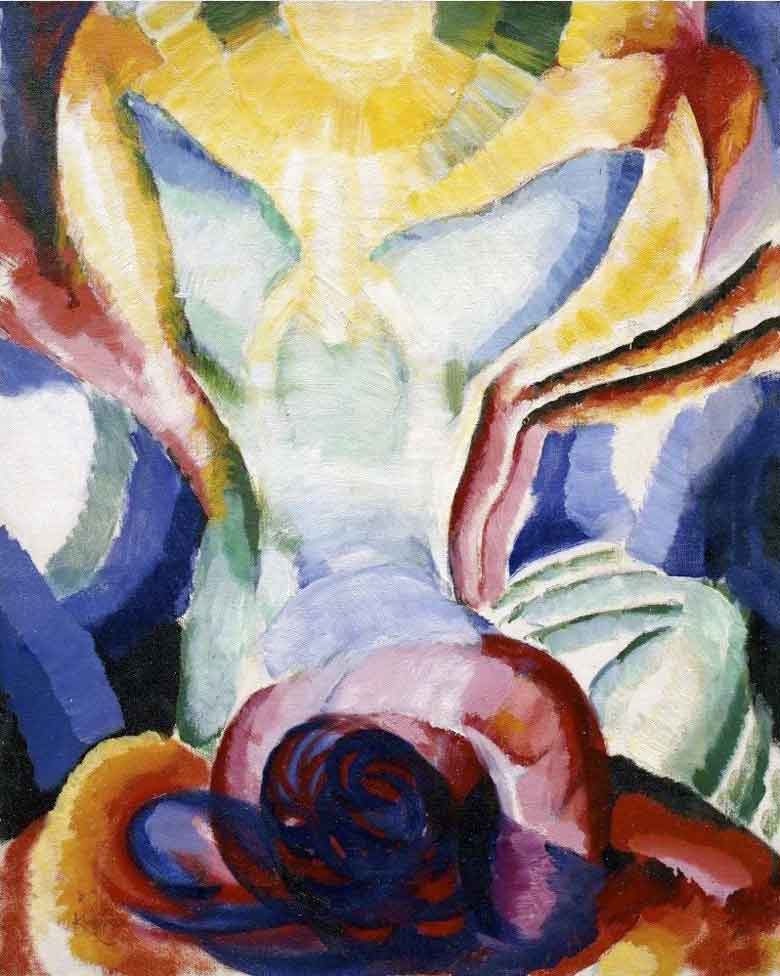
What is Orphism? An Introduction to this Artistic Movement
The term Orphism comes from a character from Greek Mythology, Orpheus, who was so virtuous with his lyre that he connected with the souls. The art of these painters aimed precisely at creating geometric paintings that vibrated in harmony and tone, like a musical composition.
In 1913, the poet Guillaume Apollinaire christened this colourful and abstract trend as Parisian Cubism, which exalted light. He did so to distance himself from the Futurist frenzy that was sweeping Europe which they considered “nonsense”. In those times the innovations of modern life were radically altering conceptions of time and space.
Robert Delaunay (1885 – 1941) was a French artist of the School of Paris movement. Robert with his wife Sonia Delaunay and others, co-founded the artistic movement, noted for its use of strong colouring and geometric shapes. Other key figures were the Polish Frantisek Kupka and the Germans Franz Marc and Hilla Von Rebay.
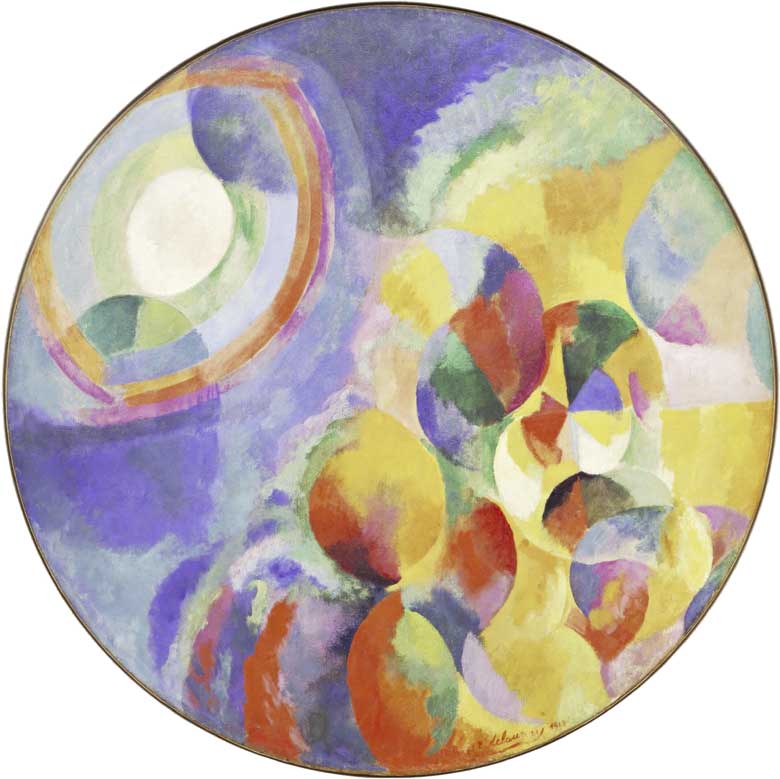
Apollinaire described it as the art of painting new compositions with elements that the artist does not take from visual reality, but creates entirely by himself.
Orphism is not a sudden invention. It is the result of a slow and logical evolution from Impressionism, Divisionism, Fauvism and Cubism.
Guillaume Apollinaire
This connects with the postulates of Abstract Art, which had been inspired by music.
Orphism and Music: Synaesthesia in Artistic Creation
In fact Orphism is considered a pre-abstraction, since music, if not accompanied by words, is absolutely non objective.
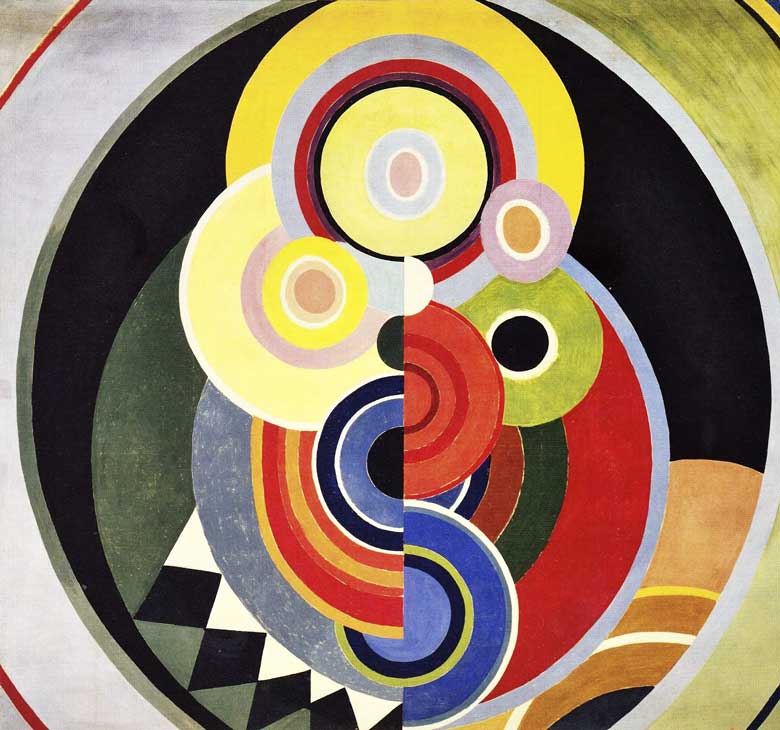
That is why the poet Apollinaire coined the name, after the Greek god Orpheus, renowned for his musical talents. Indeed, composers aspired to the levels of abstraction possible in music, where sounds were able to evoke emotions and experiences despite being disconnected from the real world. The Orphist painters arranged colour harmonies after the model of musical scales and chords.
I can find something between sight and hearing and I can produce a fugue in colours as Bach has done in music.
Frantisek Kupka
Their paintings should convey an untroubled aesthetic pleasure, a meaningful structure with sublime significance. Orphism represented a new art-form, much as music was to literature.
Line is limitation. Colour gives depth as well as form and movement.
Robert Delaunay
The idea was to dispense with figurative elements and work only with colour and light. In fact, admiring their pictures one does not know what they are talking about. Sometimes they are indefinable forms in which colour is the only theme of the painting, which is why they are included in the eternal debate about what was the first Abstract work.
Artists connected to Orphism engaged with simultaneous concepts in kaleidoscopic compositions, investigating the transformative possibilities of colour, form and motion.
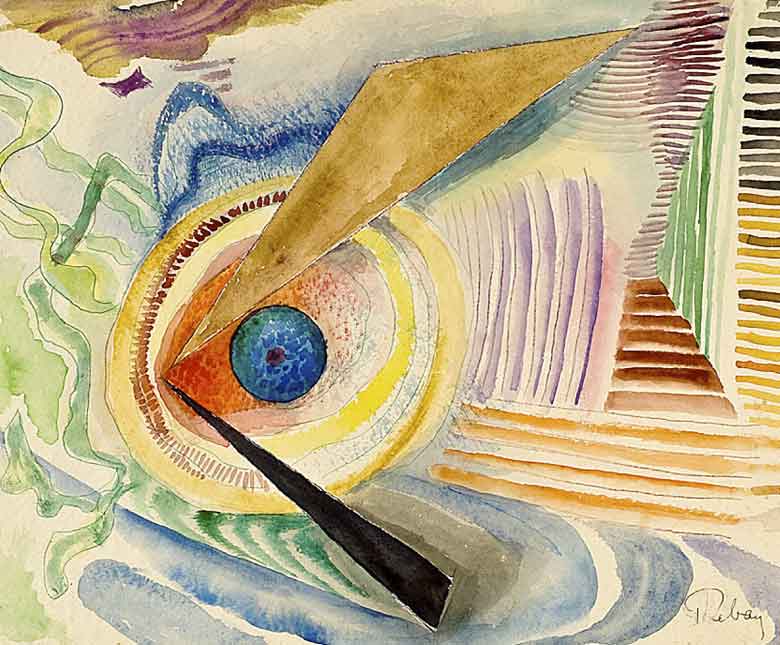
Orphism and Cubism: Differences and Similarities in Modern Art
This artistic current, also called Orphic Cubism, was an offshoot of Cubism that focused on pure Abstraction and explosive colours. It was also deeply influenced by Fauvism, the theoretical writings of Paul Signac, Charles Henry and the dye chemist Michel Eugene Chevreul.
Other artists who played with this style where: Marcel Duchamp, Mainie Jellett, Francis Picabia, Amadeo de Souza-Cardoso, Stanton Macdonald-Wright and Morgan Russell.
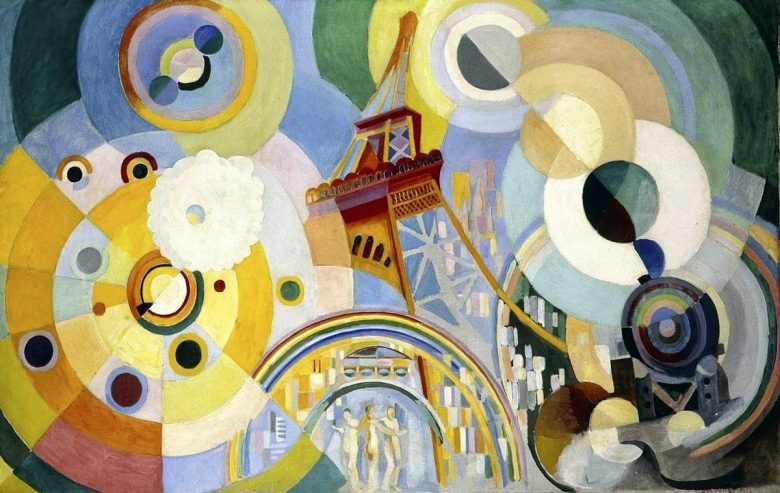
Key Ideas of Orphism: Colours, Shapes and Emotions
The movement broke free from the dark hues of Cubism to embrace a bright rainbow of timeless shapes. Orphists introduced non-objective painting to French audiences.
As one of the earliest styles to approach complete Abstraction, they brought together contemporary theories of philosophy and chromaticism to create works that immerse the viewer in dynamic expanses of rhythmic forms and colour scales.
Less than a long-term, cohesive movement, however, Orphism was a loosely bound group of artists with the common goals of moving beyond concrete reality to present a flowing vision of simultaneity and flux.
It flowered briefly in the years leading to World War I, before fading with the rise of the battles in 1914.
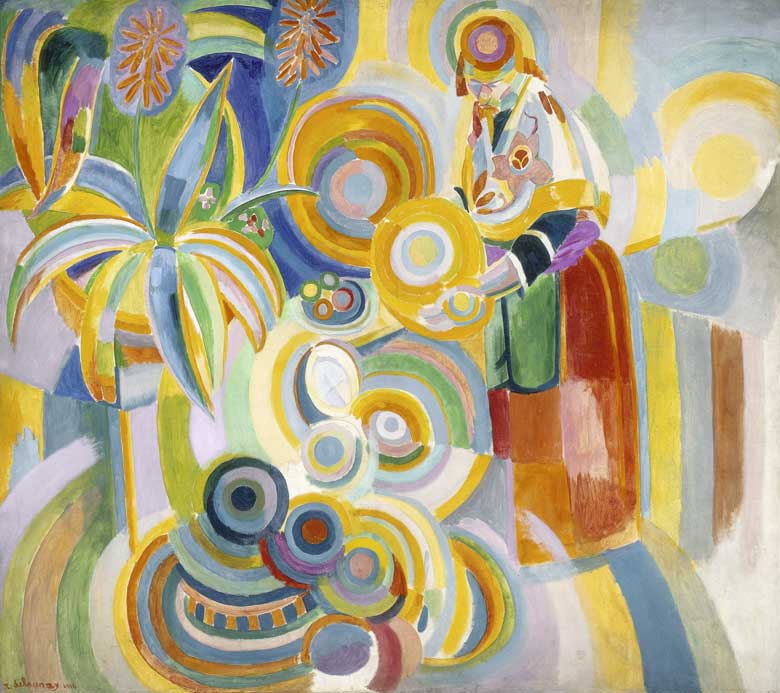
From its conception, it was interdisciplinary, integrating Henri Bergson‘s philosophical theories about time and experience with poetic experiments.
The artistic current was based in Cubism, but it was also nourished by Neo-Impressionism and Symbolism. Unlike the monochromatic canvases of Pablo Picasso and Georges Braque, they used prismatic hues to suggest movement and energy.
By emphasising the sensory and intuitive, they provided radical new possibilities for the abstractions of Cubist ideas and opened another path to the progression of Modernism.
Although no one is certain about who created the first non- objective painting, the Orphists have a claim to this distinction.

Between 1910 and 1912, several artists painted abstract canvases, including the Russian Expressionist Wassily Kandinsky and the American Arthur Dove.
Even earlier, Frantisek Kupka, Sonia and Robert Delaunay, all created works that are potential contenders in this elite group testifying the importance of their avant-garde experiments.
Believing that their colour harmonies and radiating forms represented universal energies, the artists moved beyond oil painting to experiment with more popular outlets.

The Leading Artists of Orphism: Innovators Who Defined an Era
From literature to design, some of the movement’s most visible creations were Sonia Delaunay‘s forays into fashion, decoration and even poetry.
Colour is the skin of the world.
Sonia Delaunay
In fact, the earliest Orphist abstract work was a textile designed by Sonia, which then inspired painterly abstractions by her husband Robert.
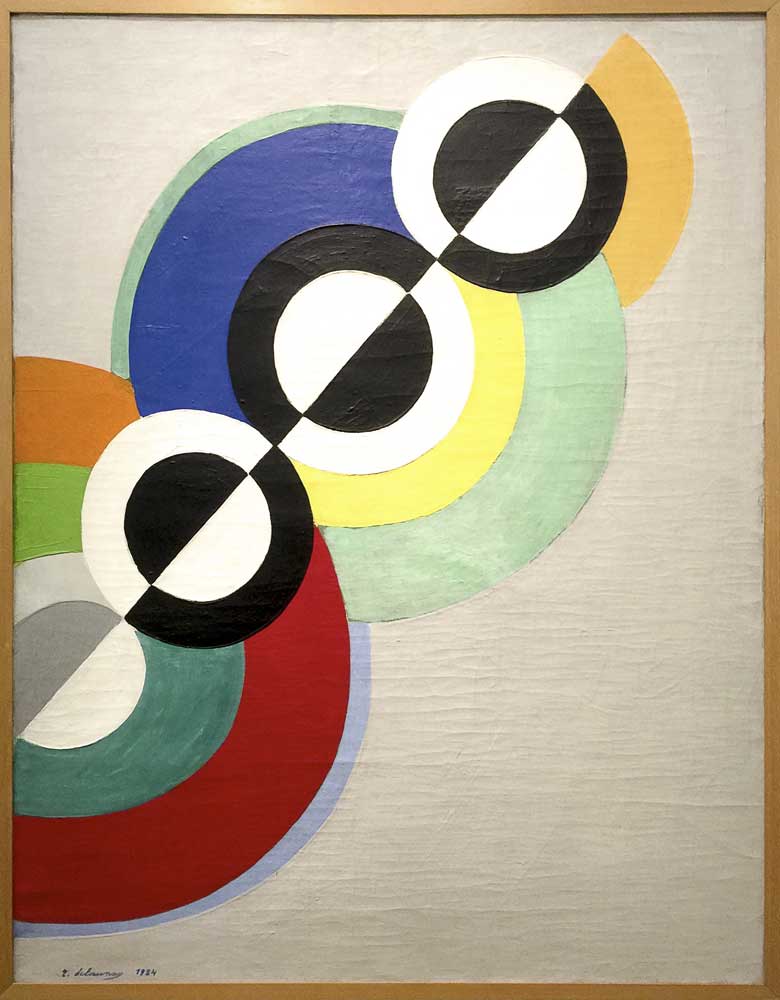
Their broad definition of artistic production helped cultivate the idea of Total Art and further popularised collaborations between artists and industry.
Sonia and Robert Delaunay invented “Orphic Cubism”. The couple was known for creating relationships between colours and forms and reflecting the simultaneous existence of multiple realities in their compositions. They aptly named their style “Simultanism”.
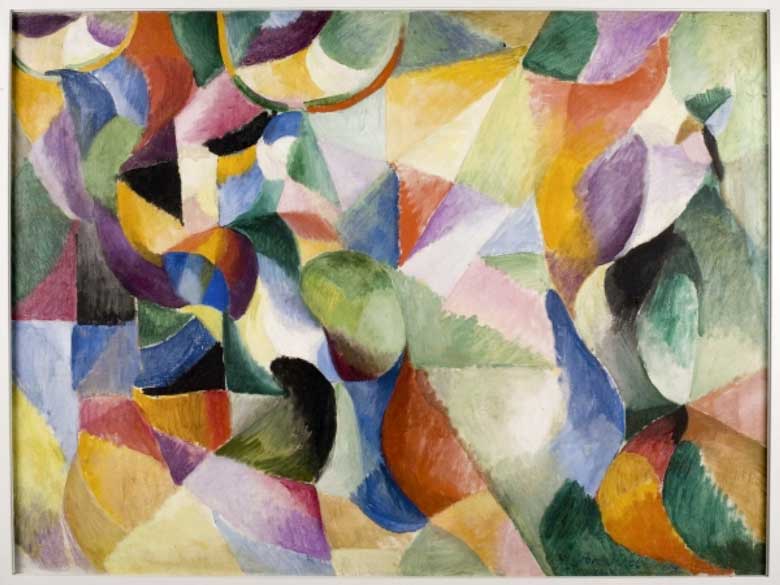
Sonia pointed out that although they used a language of forms similar to that of Cubism, they had no intellectual goals in common with them. Their forms were only vessels for colour.
If there are geometric forms, it is because these simple and manageable elements are suitable for the distribution of colours whose relations constitute the real object of our search.
Sonia Delaunay
